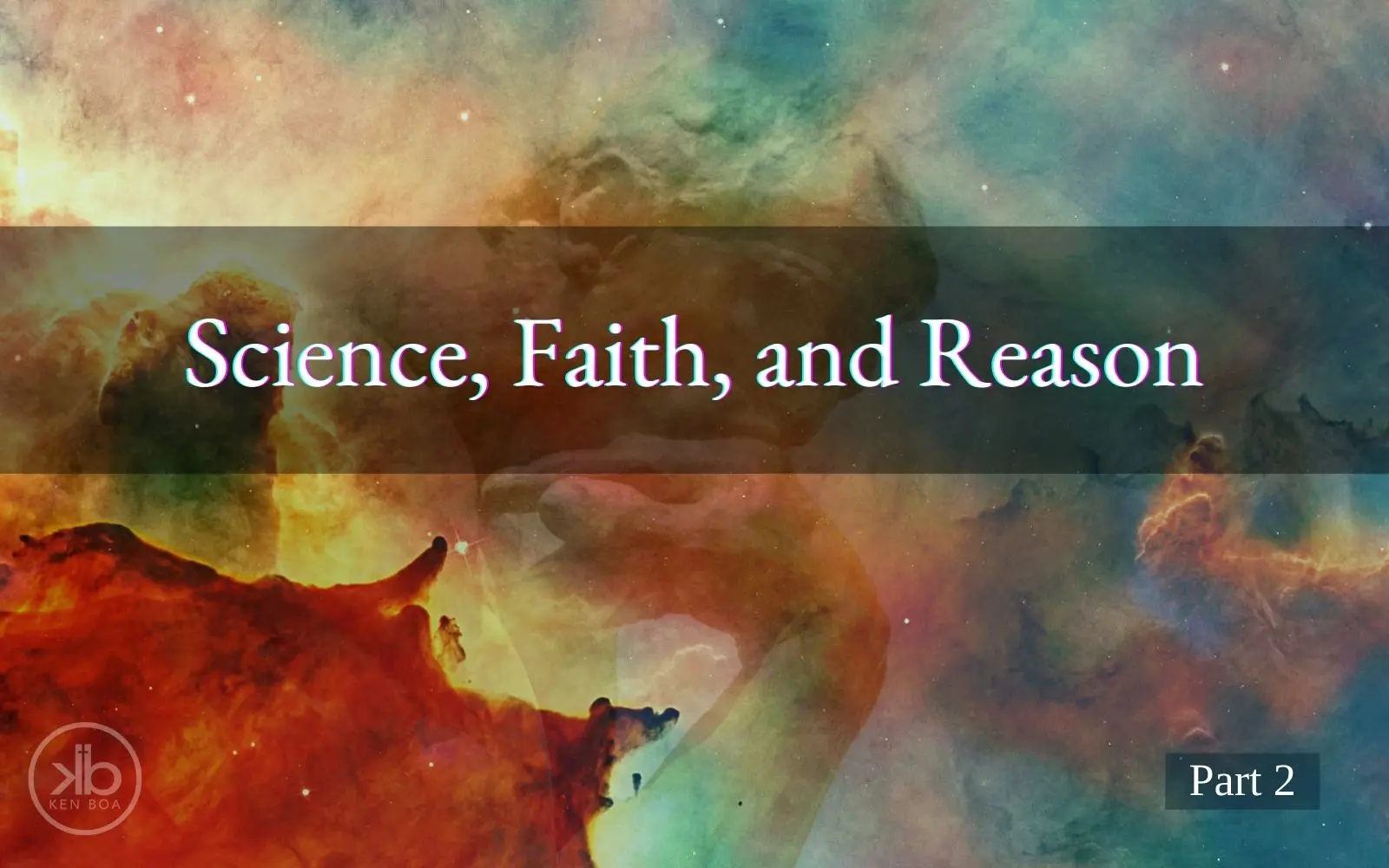In this series, we are looking from a scientific perspective at four fundamental facets of the universe that point to its design by a Creator—the universe’s beginning, the fine-tuning of the cosmos, biogenesis, and information theory. This week, we dive into the second of these facets: the fine-tuning of the cosmos.
Fine-Tuning of the Cosmos
The fine-tuning of the cosmos refers to the fact that the world we live in is “just right” for the existence of life.
Carl Sagan famously postulated that there might be billions of habitable planets in the universe, or even in our own galaxy. Since these statements, however, scientists have discovered hundreds of parameters (and the list keeps growing) that must be met for even the possibility of life on a planet. These parameters include:
- Force of gravity
- Size of neutrons
- Expansion rate of the universe
- Ratio between electromagnetic force and gravitational force
- Type of galaxy (a spiral galaxy is necessary to provide a “safe zone” for planets)
- Several parameters for the star (sun) of the solar system, including the right kind of:
- Mass
- Light
- Composition
- Orbit
- Distance of the planet from its star
- Distance of the solar system from the center of the galaxy
And the list goes on and on.
Implications
In a very conservative estimate, even the most basic of these parameters add up to a 1 in 10215 probability that a given planet supports life. While there are a lot of planets in the universe, the most generous estimate for their number is around 1022, still leaving us at a 1 in 10193 probability that one of them is able to support life—in other words, practically zero.
The best inference from this evidence is that the universe is not random, but intentionally designed to support life on earth. To deny this would be like watching someone win the lottery over and over again and assume it’s not somehow fixed.
A Multiverse?
Atheistic scientists who have truly considered this evidence have proposed a multiverse—the theory that there are an almost infinite number of universes. They argue that one of these is bound to contain the right parameters for life. This is their workaround of the otherwise obvious implication of a Creator.
The problem is, not only is there no empirical evidence for this theory, but in order to be viable, it must deny both the first and second laws of thermodynamics. In the end, atheistic scientists find themselves relying on faith, not science, to sustain their worldview.
Read more in 20 Compelling Evidences that God Exists by Ken Boa.



